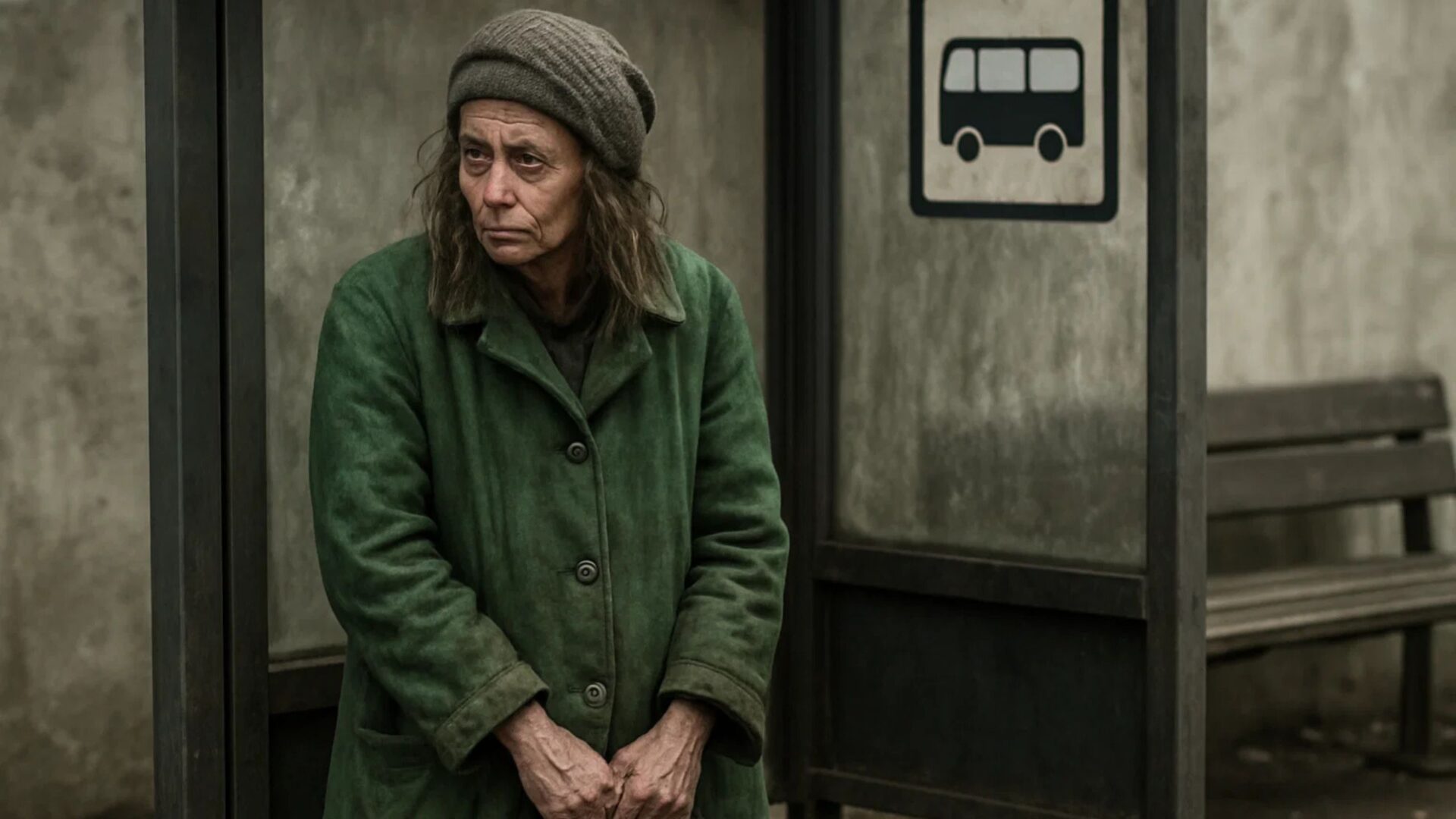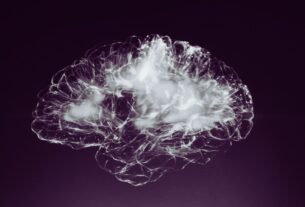The Shifting Lens of Shame: When Love Turns to Contempt in Children of the Fallen
I. Introduction: The Fracture of Innocent Affection
The early bond between a child and their parent is not just emotional — it is biological. The architecture of the developing brain is shaped by love, security, and consistent attachment. John Bowlby’s Attachment Theory and Mary Ainsworth’s studies on secure and insecure attachments have long illuminated how children build their emotional frameworks based on their parents’ reliability. But what happens when that reliability crumbles? When the father is suddenly gone, not to work or travel, but to jail — and the mother, once dignified, is now poor and worn and seemingly defeated by life?
These changes do more than alter daily routines; they rewrite the child’s emotional DNA. The fall of a parent is not just a social incident — it is a neurological and psychological trauma that forces the child into a painful rewriting of their identity.
Children often idealize their parents in early development, forming attachments that are biologically and psychologically essential. According to Bowlby’s attachment theory, secure bonds with primary caregivers lay the foundation for emotional regulation and identity formation. However, when these figures experience social or moral failure—such as incarceration or financial collapse—children may undergo a dramatic shift in perception. The neurobiological architecture of shame, particularly involving the prefrontal cortex and limbic system, becomes active as these children are forced to reconcile their internalized parental ideals with painful external realities. The emotional overload can manifest as displaced aggression, dissociation, and defensive devaluation.
II. the kid used to look up to the man like he held the moon
but then the sirens came, the cops took him, and the boy stood frozen in the doorway like a broken hinge. they said things like “repeat offender” and “three-to-five” and that goddamn metal door slammed so hard it echoed in his spine for months. the kid tried to visit. he tried to believe. but when your old man’s in orange, and the teachers whisper, and your friends start looking sideways at you, something dies. and then another thing takes its place: something cold, mean, and ugly.
The boy watched the cops slam the door like they were locking god himself away
the old man used to smoke on the porch like he was king of the block. had stories, had swagger, had a laugh that cracked like a pool cue on payday. but now he’s just gone. bars and handcuffs and court dates. the kid stands in school, hearing whispers and side-eyes. he tells them, “it’s not true,” but it is. the shame sticks like grease. he wants to hug his dad and punch him in the face at the same time. the man that gave him his name also gave him his disgrace.
III. The Psychological Mechanisms of Love Reversal
Children experience trauma in nonlinear, emotionally charged ways. When a father becomes a convict, or a mother is reduced by poverty, the child’s internal world does not react with adult rationality — it reacts with primitive survival instincts. Egocentrism, especially strong in children under 12, makes them believe they could have prevented the downfall. “If I were stronger,” “If I didn’t ask for that,” “If I were better…” These silent accusations build an internal prison made not of bars, but of shame.
To survive this inner torture, the psyche adapts. Love, too painful to carry, is flipped on its head into hate — a defense mechanism Freud would have called reaction formation. What the child cannot express as grief becomes aggression. What was once idealized is now demonized. But underneath, the love remains — corroded, buried, silenced.
The Internalization of Guilt and the Externalization of Blame
In such cases, the child is not merely reacting to the father’s imprisonment but also contending with an unbearable sense of helplessness. Developmentally, children are prone to egocentrism, especially between ages 5–12, believing their actions or omissions may cause external events. This perceived impotence to “save” or protect the parent leads to internalized guilt, which often transmutes into externalized hatred. This is a classic defense mechanism known in psychodynamic theory as “reaction formation,” whereby love is inverted into hate to mask unacceptable feelings of vulnerability and shame.
IV. he curses the man because the man won’t be there
he doesn’t tell the truth, not to anyone, not even to the mirror. the truth is this: he misses the old bastard. he wants to hear him crack a stupid joke again, maybe fix the bike chain together. but now the only thing he fixes is his stare at the ceiling at 3 a.m., fists tight. his rage is the language his grief speaks in. and the worst part? he doesn’t even know he’s grieving. just that something died when that door slammed shut. maybe it was trust. maybe it was himself.
So he starts hating the bastard
because it’s easier than hating himself. easier than crying into a pillow that smells like stale smoke and Old Spice. he punches walls, flips off mirrors, and walks home with his fists in his pockets, chewing on rage like it’s a piece of rawhide. I hate the old man, he thinks. hate him for making me feel this way. the boy doesn’t realize—he’s not hating the father. he’s hating the reflection of himself in the man’s failure.
V. When Dignity Wears Thin: The Mother’s Fall and the Daughter’s Rebellion
In daughters, the shame dynamic often takes a different but equally tragic shape. Adolescence is a crucial time when young girls begin to craft their identity through peer approval, aesthetic self-image, and parental modeling. A mother’s visible decline — shabby clothes, lack of self-care, joblessness — becomes a symbolic threat to the daughter’s future. If a child is a mirror of the parent, then what happens when the mirror cracks?
Here, projective identification can occur: the daughter unconsciously displaces her fear of failure onto the mother, then attacks her for embodying it. It’s not just about aesthetics or finances. It’s about the deep existential panic that she too might become “unworthy” of love, respect, or success. Neuroimaging studies reveal that social shame activates the same brain regions as physical pain, particularly the anterior cingulate cortex — the pain is not imagined; it’s real.
Maternal Decline and the Daughter’s Shame Response
Similarly, daughters who once idolized their mothers can develop negative affect when the maternal figure becomes economically or socially diminished. This shift may be especially acute during adolescence, a time when identity is negotiated through peer comparison and social status. The mother’s loss of employment and her visibly deteriorating self-presentation evoke not only social embarrassment but an existential threat to the daughter’s own constructed self. Neurologically, this is processed through hyperactivation of the anterior cingulate cortex, the region involved in social pain and moral judgment.
VI. she sees her mom waiting at the bus stop in that old green coat and wants to die
it’s not just the coat. it’s what it means. it means weakness. it means poverty. it means she has to make up stories to her friends about why she can’t have new shoes, why her mom doesn’t come to parent-teacher night. she says she’s busy. what she means is: I’m embarrassed of the woman who gave me life. the worst part? she used to love her so hard it hurt. now she hides in the bathroom when they’re in the same building. now she hates the woman who still wakes up early to make her coffee.
The daughter used to call her mom beautiful
but now the clothes don’t fit right. the lipstick’s gone. she smells like pennies and instant coffee and secondhand sweat. the girl crosses the street when she sees her waiting by the bus stop. doesn’t introduce her to friends. doesn’t answer when the teacher says, “your mother’s here.” what she really wants to say is, why did you let yourself rot? but what she really means is, I’m terrified this is my future, too.
VII. The Corrosion of Identity and the Formation of False Self
What begins as shame toward the parent easily spreads inward. A child who believes their parents are failures internalizes a sense of doomed identity. Erikson’s stages of psychosocial development highlight the critical task of adolescence: building identity. When parents collapse under societal pressure or legal consequences, the child’s blueprint for adulthood is destroyed. Left with no solid foundation, they adopt masks — the “tough kid,” the “cold daughter,” the rebel or the ghost — false selves designed to survive the unbearable.
Such survival comes at a cost: chronic anxiety, anger disorders, depression, even suicidal ideation. These are not merely emotional states — they are character adaptations to trauma. A slow-burn PTSD. Clinically, this may present as Oppositional Defiant Disorder (ODD) or Conduct Disorder, though often these are just labels slapped onto a heart that couldn’t bear the weight of love betrayed.
The Shame-Hatred Feedback Loop
Shame is a profoundly interpersonal emotion. According to Dr. June Tangney’s research, shame compels withdrawal, while guilt may prompt reparative action. When a child experiences chronic shame about a parent, the result may not only be emotional detachment but long-term characterological impacts: low self-worth, increased hostility, and identity confusion. The child’s inability to reconcile their love with perceived betrayal or weakness creates a psychological double-bind. As a result, hatred emerges not as a lack of love, but as its mangled remains.
VIII. they grow sharp, not strong
the boy lights cigarettes he stole. the girl skips class and calls her mother “a loser” under her breath. they date the wrong people. they punch lockers. they laugh at nothing. they rage because they’re hurting and no one taught them how to mourn. and deep down, under the layers of spit and defiance, they’re still holding a stuffed animal, waiting for a voice that says, “I’m sorry I failed you. I still love you.”
And it burns like cheap whiskey going down
it makes them meaner than they want to be. they start slamming doors, kicking gravel, spitting on everything they used to love. they act like the world owes them something, because goddammit, something was stolen. it wasn’t money. it wasn’t food. it was pride. it was safety. it was the story they told themselves about who their parents were. now it’s all rusted-out memory and sour dreams.
IX. Paths to Healing: Clinical Approaches and Human Hope
Despite the pain, repair is possible. Therapies such as Emotion-Focused Therapy (EFT), Attachment-Based Family Therapy (ABFT), and Internal Family Systems (IFS) focus on reintegrating the fractured parts of the child’s identity. The goal is not to erase anger — but to help it speak. When the anger is listened to, without judgment or dismissal, its underlying sorrow emerges. That sorrow can be met with compassion, and from there, reconciliation becomes possible.
Clinicians must address the double bind these children live in — loving someone they feel they should hate. Psychoeducation about shame, structured family conversations, and symbolic rituals of forgiveness can allow for the rebuilding of bonds. In many cases, it’s not too late. Not to fix everything. But to fix something.
X. but maybe—just maybe—the door, as a sign of hope, stays unlocked
the boy sees his father’s hands in his own and doesn’t flinch. the girl buys her mom a new scarf, nothing fancy, but blue like the one she wore when she was still proud. and maybe they don’t say it out loud — maybe “I love you” got burned up years ago. but they look. they sit. they stay. and that’s enough.



